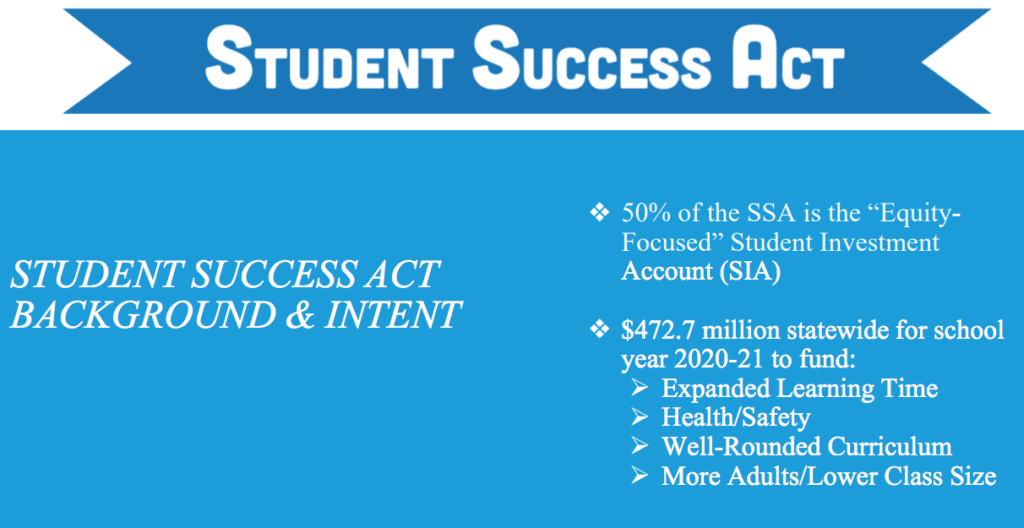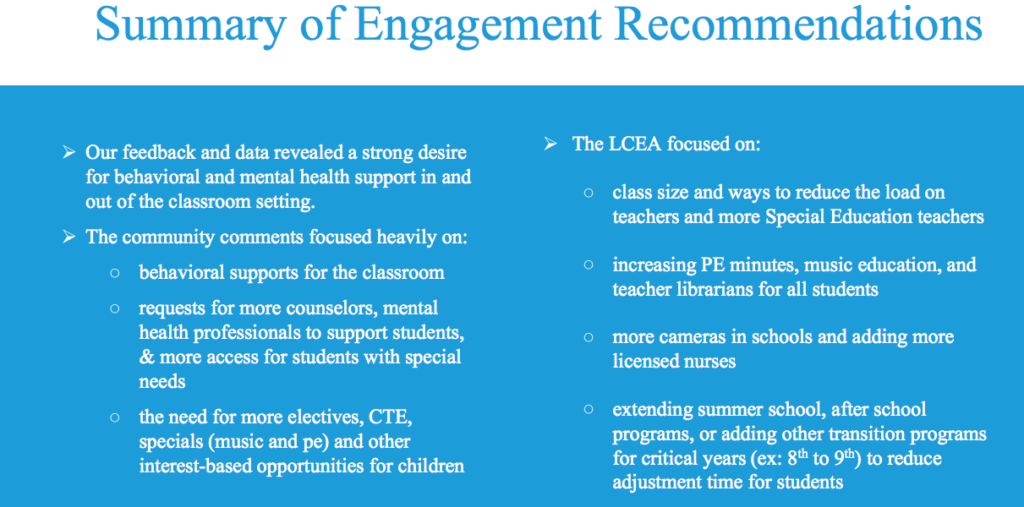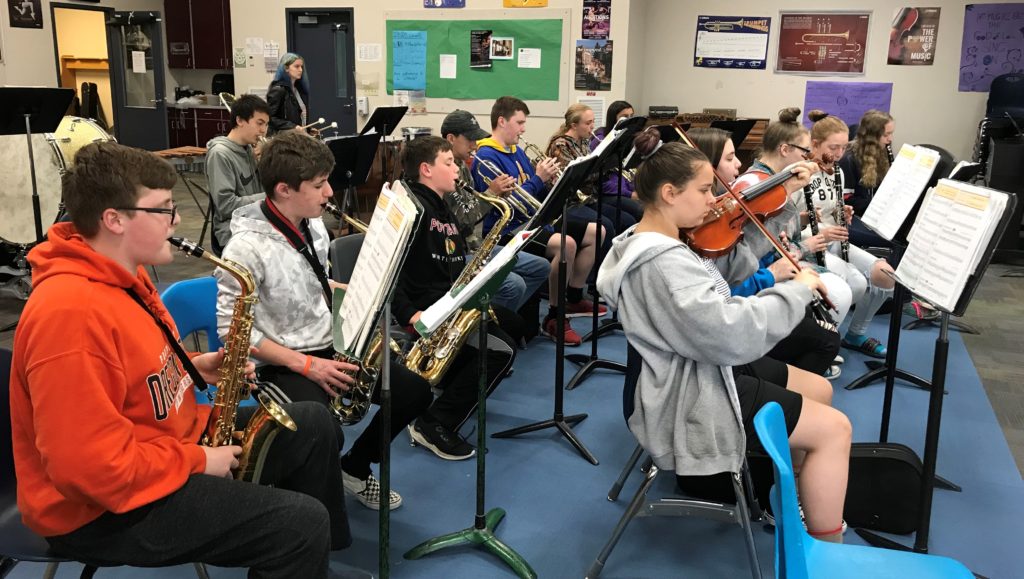
By QUINTON SMITH/YachatsNews.com
An Oregon economy expected to be devastated by the coronavirus pandemic could also delay or derail the infusion of $4.5 million into Lincoln County schools.
School districts around Oregon, including the Lincoln County School District, have been working for months on how to use an anticipated windfall in state money under a new initiative called the “Student Success Act.” The money – from a new statewide business tax forecast to raise $1 billion a year for schools — is to enhance or add programs.
The Lincoln County School District Board got its first detailed look Tuesday night at the plan developed by administrators and staff and OK’d sending it to the state.
The LCSD plan includes everything from starting summer school, hiring more nurses, counselors and social workers, adding middle school sports, hiring music teachers and educational assistants and beefing up support and services for minority and special needs students and their families.
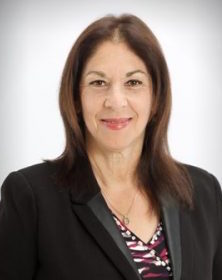
But the board’s approval came with a warning from Superintendent Karen Gray, who said the governor or a special session of the Legislature could delay the first tax collections due April 30.
“I relied on the Student Success Act to find some of the next year’s budget … and we may not get that,” Gray told the board. “I’m terrified they’re going to pull the whole law.”
The uncertainty also comes at a time when Gov. Kate Brown has ordered school buildings closed – and the growing expectation that Oregon schools won’t reopen at all this spring as they scramble to introduce rudimentary online instruction.
Businesses ask for tax delay
The new school money is coming from a new business tax approved by the 2019 Legislature. Called a “gross receipts tax” it taxes the 0.57 percent of a business’ annual sales above $1 million in Oregon, after those businesses subtract 35 percent of either their labor or capital costs from their sales.
Although the state has funneled more money into schools for year-to-year operating budgets, school districts have struggled kept up with increasing costs. This new, extra pot of money is the first major additional contribution for new or enhanced programs since school finance moved to a statewide formula in the 1990s.
Last week, however, a coalition of more than 40 Oregon business groups wrote legislators asking them to delay the new corporate activities tax for six months to help them preserve cash and avoid more layoffs during the coronavirus pandemic.
The letter said that allowing the tax to kick in now “will be the absolute worst timing possible for struggling businesses during this crisis. Companies will be forced to pay this tax instead of paying employees, meaning potential layoffs across a broad spectrum of industries.”
The delay was one of 47 proposals discussed by members of the Joint Special Committee on Coronavirus Response. But the request didn’t make the short list of priorities that the committee forwarded to legislative leaders.
A spokesman for Gov. Kate Brown told The Oregonian newspaper this week that the governor is not in favor of delaying the tax.
But momentum for some sort of delay is building, now that more and more Oregon businesses have shut down, curtailed work or have employees working from home.
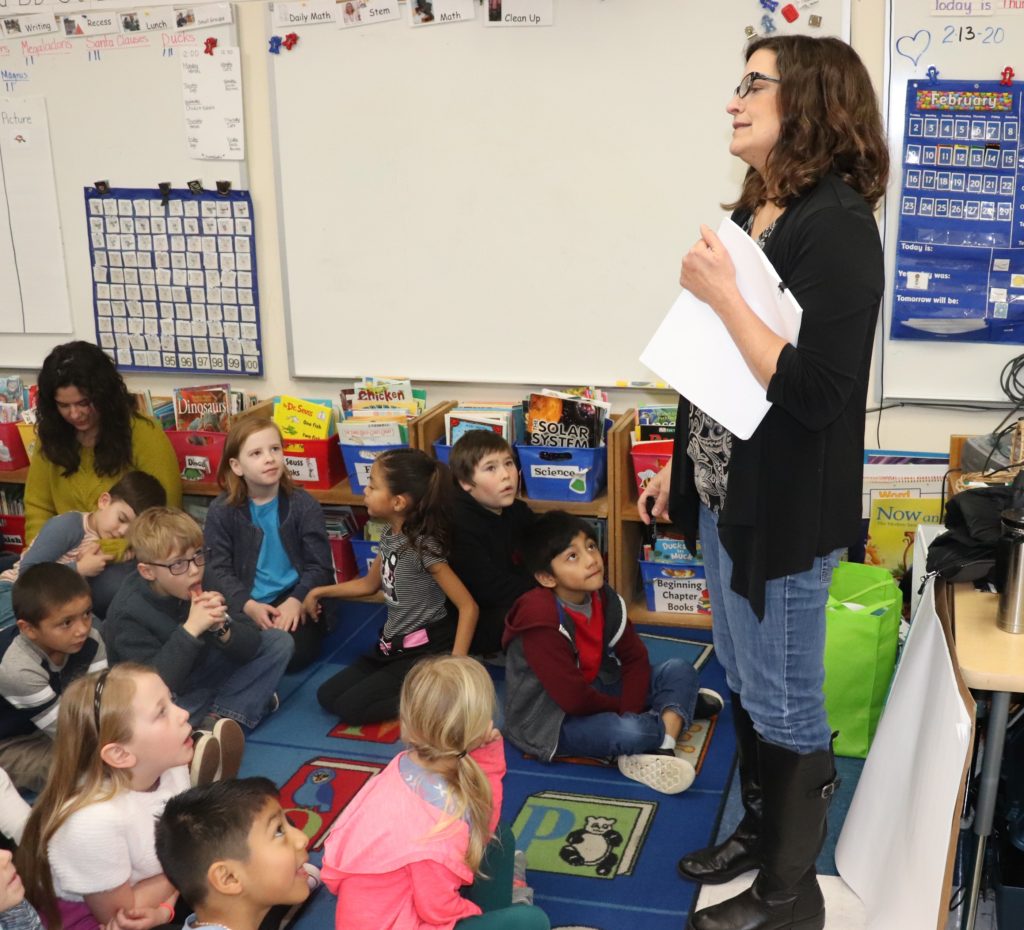
Cut, cut, cut — now add
For 17 years as school superintendent in Coos Bay and then another 12 in the Parkrose area of Northeast Portland, Gray was used to only cutting budgets.
Now, 18 months into her job as superintendent of the Lincoln County School District, Gray and her staff have the chance to add or enhance programs.
“I’m only used to cutting … so this is unusual,” she told YachatsNews in early March before the coronavirus pandemic hit. “It’s a darned good chunk of money.”
Under much of the new funding program, Oregon schools have to focus on four general areas: reducing class size, adding instructional time either with longer or more school days, attacking health and safety issues, and broadening education offerings at all grade levels.
While the new money for expanded programs is welcome, the district is also facing the headwinds of serving a Lincoln County population that ranks in the bottom third of almost every socio-economic measurement in Oregon. And, that is often reflected in the district’s 5,450 students.
The district’s students have attendance rates below the state average and are below state averages for meeting state grade-level expectations for English, language arts and math. But, despite a one-year dip in the district’s graduation rate last year, 82 percent of its high schoolers are on track to earn a diploma in four years.
The district’s over-arching goals are to improve graduation rates by 3 percent a year and to increase attendance by 5 percent a year.
Gray said the district was one of nine in Oregon that came under state Department of Education scrutiny in 2018 because it was doing so poorly in so many areas.
“They were looking for districts in trouble and we were one of them,” she said. “Parkrose was always under the microscope, so I was used to it.”
One of Gray’s first tasks when she arrived in June 2018 was to establish new educational and administrative systems to get the district back on track. “Trying to implement new systems without burning people out is challenging,” she said.
Now, in addition to new systems, protocols and responsibilities in place, Gray believes the district can take advantage of the burst of new funding.
Whatever the district does, she says, will be tied its detailed, data-heavy 12-page “continuous improvement plan” worked out with the state Department of Education.
What community, staff said
Before the coronavirus pandemic hit and the governor ordered schools closed until at least April 28, the district was able to finish the required four community meetings in its high school attendance areas, where it sought ideas from staff and the public what they want to see in the four areas of emphasis. It also conducted an on-line survey which got more than 2,800 responses, including from 324 staff and 719 students.
According to a presentation to the school board Tuesday night, community comments focused on:
- Behavioral support in classrooms;
- Adding counselors and mental health professionals better supporting special needs students;
- And, adding electives, including music and physical education.
Comments from district staff and its two unions focused on:
- Reducing class size and adding special education teachers;
- Increasing PE and music instruction and adding teacher-librarians and nurses;
- Putting more cameras in schools;
- Extending summer school and after-school programs.
Challenges to implementing
In addition to the threat of funding being delayed, here are some of the challenges that Gray sees in implementing the Student Success Act in Lincoln County schools.
Class size
There’s little to no space to add teachers and most of the district’s average class sizes fall below statewide averages. But the research is clear – smaller classes with more educator contact time increases student success. So the main idea, Gray says, is to add “really well-trained” educational assistants to help teachers and students.
One of the challenges with that, she said, is the difficulty all professional organizations or governments in rural areas have – finding, training and keeping good staff. The Lincoln County School District employee turnover rate is 20 percent.
“It’s extremely difficult to find and hire staff,” Gray said, citing housing and social opportunities on the coast as barriers to keeping many employees.

Instructional time
The district now has students in school for 170 days a year; staff works 190 days. All of that is contained in union contracts with classified and teacher unions. Any addition will have to be negotiated.
“Oregon is notorious for having the shortest school day and the shortest school year,” Gray said. Gov. Kate Brown has a goal of a state average of 180 days of instruction.
The district will look at adding time to school days and adding options for learning in the summer, Gray says, which is critical for closing the achievement gap for struggling students.
Health & safety
Gray says the district wants to see ideas from the public and staff in this area, but already hopes to increase the number of indoor and outdoor security cameras at schools. Gray’s goal will be to add a school nurse in each of the district’s 11 buildings. Only four schools currently have a district nurse.
“But I’m not just talking about Band-Aids,” she said. “I want them focused on mental health.”
Well-rounded education
Gray says this is an open but “huge” category that will give the district the opportunity to look at almost all its programs. She believes music programs in each school should be a basic offering.
The district’s description of possible ideas include enhanced reading practices in pre-kindergarten through third grade, 6-8 grade student support linked to college and careers, and more instruction options at all grade levels for physical education, science and technology programs, more advanced placement classes, an International Baccalaureate diploma, and programs addressing the district’s poor attendance rate.

What’s next
The district will also be applying for another pool of money in a state program called “Pre-school Promise.” The district already offers pre-school programs at each of its four high schools. Gray said an expansion could create “new and different” programs for 3- to 5-year-olds in places other than high schools.
Now that the survey and community meetings are done, staff and administrators have developed a plan and Gray presented it to the school board at a special meeting Tuesday. The district intends to submit its plan April 3, two weeks before the actual due date.
Whatever the district comes up with, Gray says new programs must help raise the many measurements of student success.
“What we do has to move the dial,” she said. “It’s not often you get an opportunity to enhance programs like this. We in Lincoln County intend to do an excellent job with these funds.”



